News
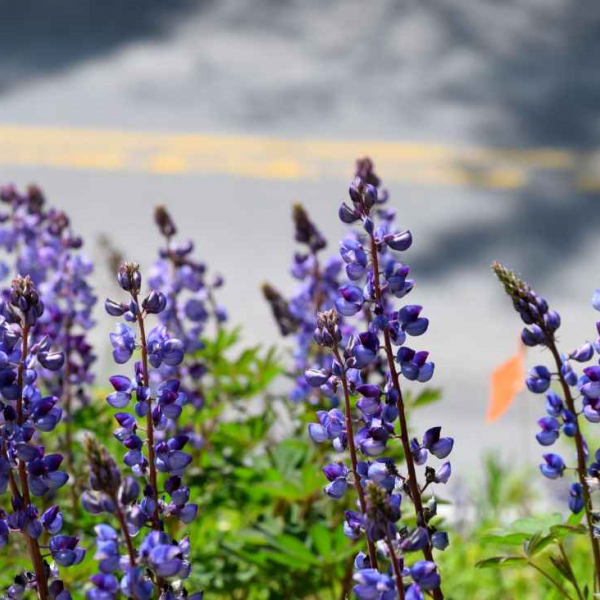
Feb 01, 2024
Edge habitats along roads and power lines may be key to conserving rare plants
Edge habitats created by natural or human-caused disturbances provide prime opportunities for encouraging the establishment and reproduction of rare native plants, the researchers reported in a new study published in Plant Ecology
Full Article
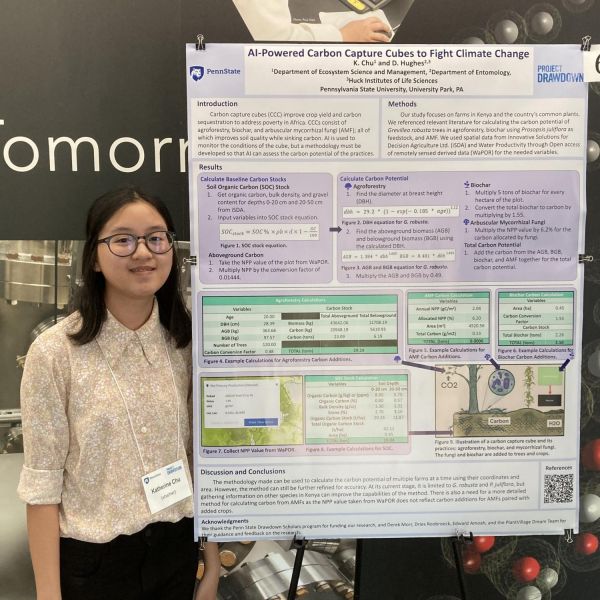
Jan 05, 2024
College of Ag Sciences student aspires to drive innovation in climate solutions
Katherine Chu has embraced the opportunities that the environmental resource management program provides to contribute to innovative solutions.
Full Article
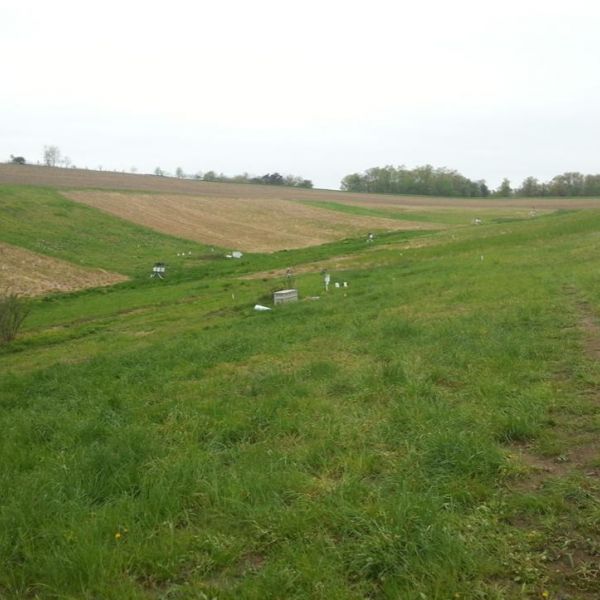
Dec 08, 2023
Novel tool informs land use and nutrient control in troubled waters
Penn State researchers develop 3D agro-hydrologic model to simulate water, nutrient transport through entire watersheds.
Full Article
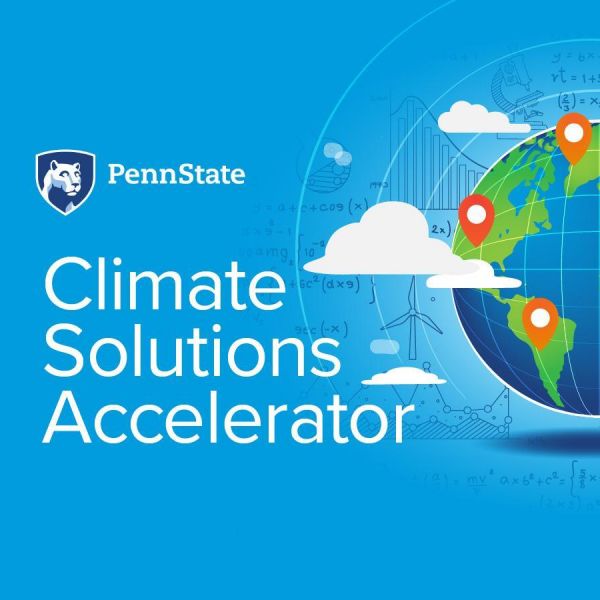
Dec 08, 2023
Climate Consortium announces call for workshop proposals
The Penn State Climate Consortium has launched the Climate Solutions Accelerator, an innovative effort aimed at catalyzing research projects geared towards offering impactful climate solutions for communities in Pennsylvania and globally.
Full Article
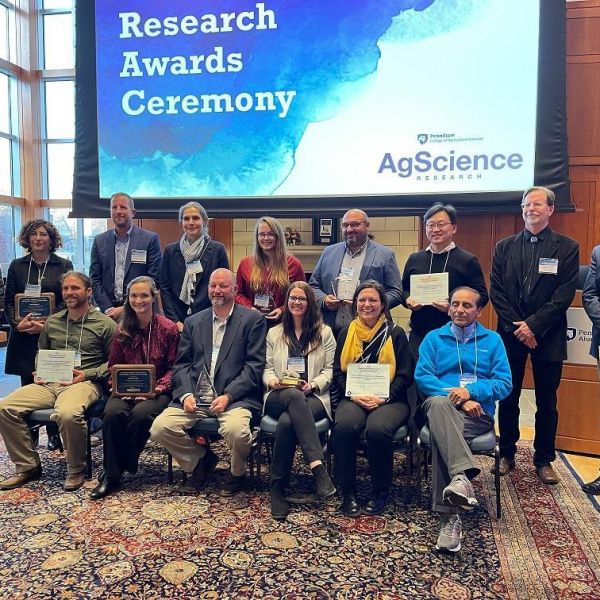
Nov 28, 2023
College of Ag Sciences recognizes faculty, staff for research achievements
Penn State’s College of Agricultural Sciences lauded outstanding accomplishments in research during the 2023 Research Awards Ceremony, held Nov. 1 at the Hintz Family Alumni Center on the University Park campus.
Full Article

Nov 28, 2023
Researchers predict climate change-driven reduction in beneficial plant microbes
Bacteria that benefit plants are thought to be a critical contributor to crops and other ecosystems, but climate change may reduce their numbers, according to a new study by an international team of researchers. They published their findings in Nature Food.
Full Article
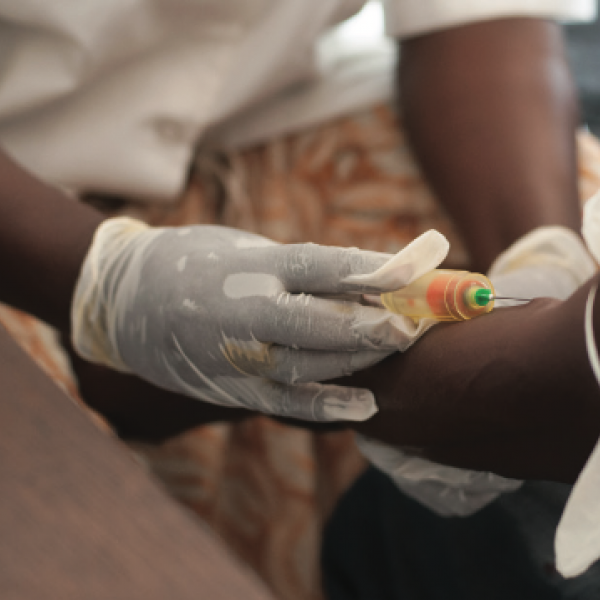
Nov 28, 2023
Q&A: Modeling measles amidst a global disruption in vaccine supplies
According to a new report by the World Health Organization (WHO) and the U.S. Centers for Disease Control and Prevention (CDC) published Nov. 17 in the CDC’s Morbidity and Mortality Weekly Report, a drop in vaccination coverage led to a 72% increase in reported measles cases and a 43% increase in measles deaths during 2021-22.
Full Article
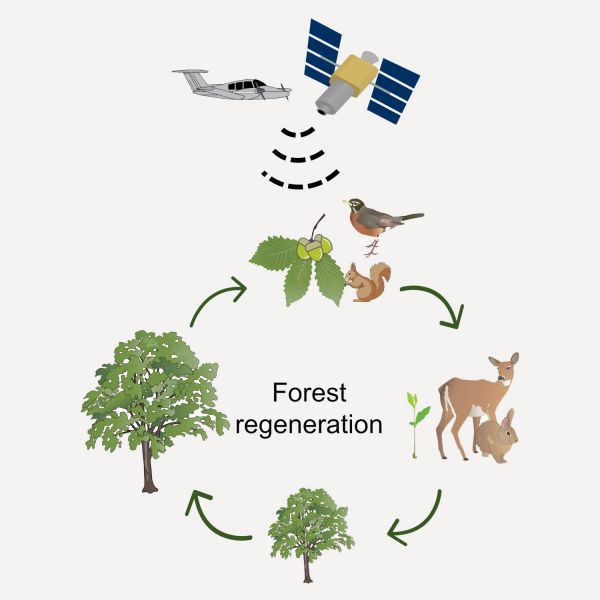
Nov 28, 2023
NASA awards multi-institutional team $1M grant to inform US forest management
A research team led by a Penn State ecologist has received a $1 million grant from the National Aeronautics and Space Administration (NASA) to integrate satellite data into predictive modeling to anticipate change in recruitment — the process by which new trees emerge — within forests across the eastern United States.
Full Article
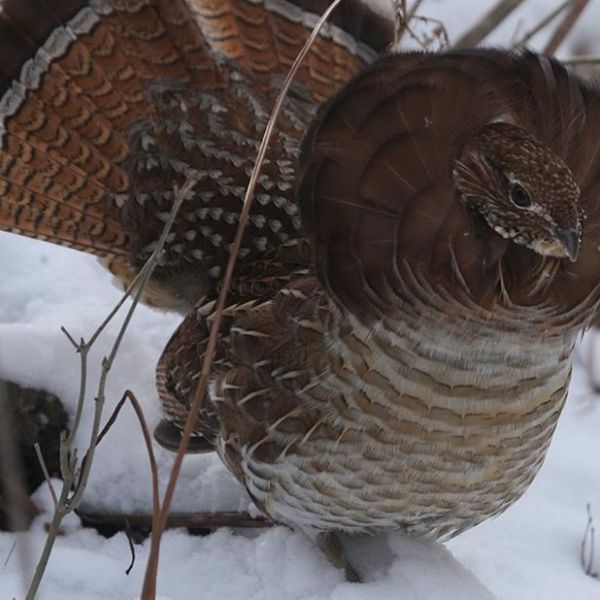
Oct 06, 2023
Ruffed grouse population more resilient than expected, genetic study finds
Despite decades of decline, a genetic analysis of ruffed grouse reveals that Pennsylvania’s state bird harbors more genetic diversity and connectivity than expected.
Full Article
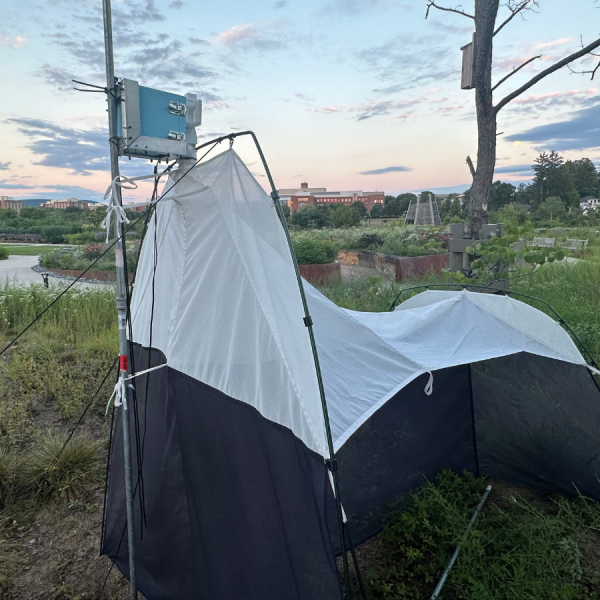
Aug 28, 2023
Penn State receives $3M grant to address insect biodiversity crisis
Penn State researchers have received a $3 million grant from the National Science Foundation to spearhead a new initiative to create novel monitoring systems for insect populations.
Full Article